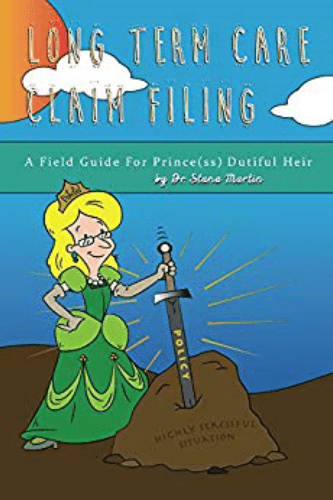Some years ago, the only type of long term care insurance you could get would have been a “traditional” policy. But the market has changed in response to consumer demand. These days you have two broad types of products in the market that handle the long term care costs: traditional and asset-based (also known as “hybrids”).
Traditional Policies work like your homeowners or car insurance — if you never need them, the premium is gone. There is usually no cash value or value to heirs – though you can sometimes build in a feature called “return of premium” that will provide a value to heirs if you never use the policy. The main advantage of this type of policy is they pay more for your care down the years because you can build the inflation guard in up front. Done right, a policy that pays 80% of the cost today will still pay 80% of the cost down the years. Secondly, their costs are usually substantially lower than their hybrid counterparts. Today a couple in their 50s might invest 70K in premium in a policy over the lifetime of ownership for both combined. Compared to 100K per person in the hybrids, these are much more cost affordable.
Hybrid Policies
Asset-based policies are built on a life or annuity chassis and have long term care as a rider. These appeal to folks because they are a win/win — either you have care and it pays…or you die without needing care and there is benefit to your heir(s). However these are not the right products for everyone. First, they are more complex, so you need to be sure you know what you are looking at (for instance: there is a huge difference between a “Critical Illness” rider and “Long Term Care Rider” at the point of claim!) Second, the up-front ticket price on these is typically 50K -100K per person. Lastly, only a few of these have a mechanism to grow your long term care benefit so you are keeping up with the rising cost of long term care. On the up-side, though, these can be a “win/win” strategy. Here are the types of folks that probably ought to consider an asset-based product:
(1) Strong Assets. As of the writing of this blog, the recommendation is that you have a net-worth of 750K and up. The reason is because you have to have enough money to reposition 100K or so (per person) into these products. At 750K, a couple repositioning 100K each, would see their net worth drop to around 550K. It is much harder to produce enough return on that investment to keep the lights on, milk in the fridge and all your other life expenses. This is why the recommendation is 750K …and up! However, one savvy way to do this is to exchange an existing whole/ universal life product for one of these newer hybrids. Or…if you have an older annuity that has significant gains in it, you can refresh that annuity to one of these and get your benefits out of the annuity tax free. This is where a knowledgeable agent can be really helpful in identifying the least expensive way to fund this solution.
(2) Strong Cash Flow. Occasionally we will find people who have a pension from teaching, railroad retirement, military or some other source. When a person or a couple have enough in a pension to meet their daily expense needs in retirement AND they have “lazy money” ( income they aren’t using, money in CDs or money market where the interest is not strong), then it is possible that this solution would work very well for them. Again, it never hurts to explore how you could re-position existing cash flow or low-earning investments so that you are getting a better return AND covering your long term care risk at the same time.
Questions?
Contact - Mrs. LTC
Long Term Care Claims & Insurance
Question about a Claim?
Shopping for coverage?









Leave A Comment
You must be logged in to post a comment.